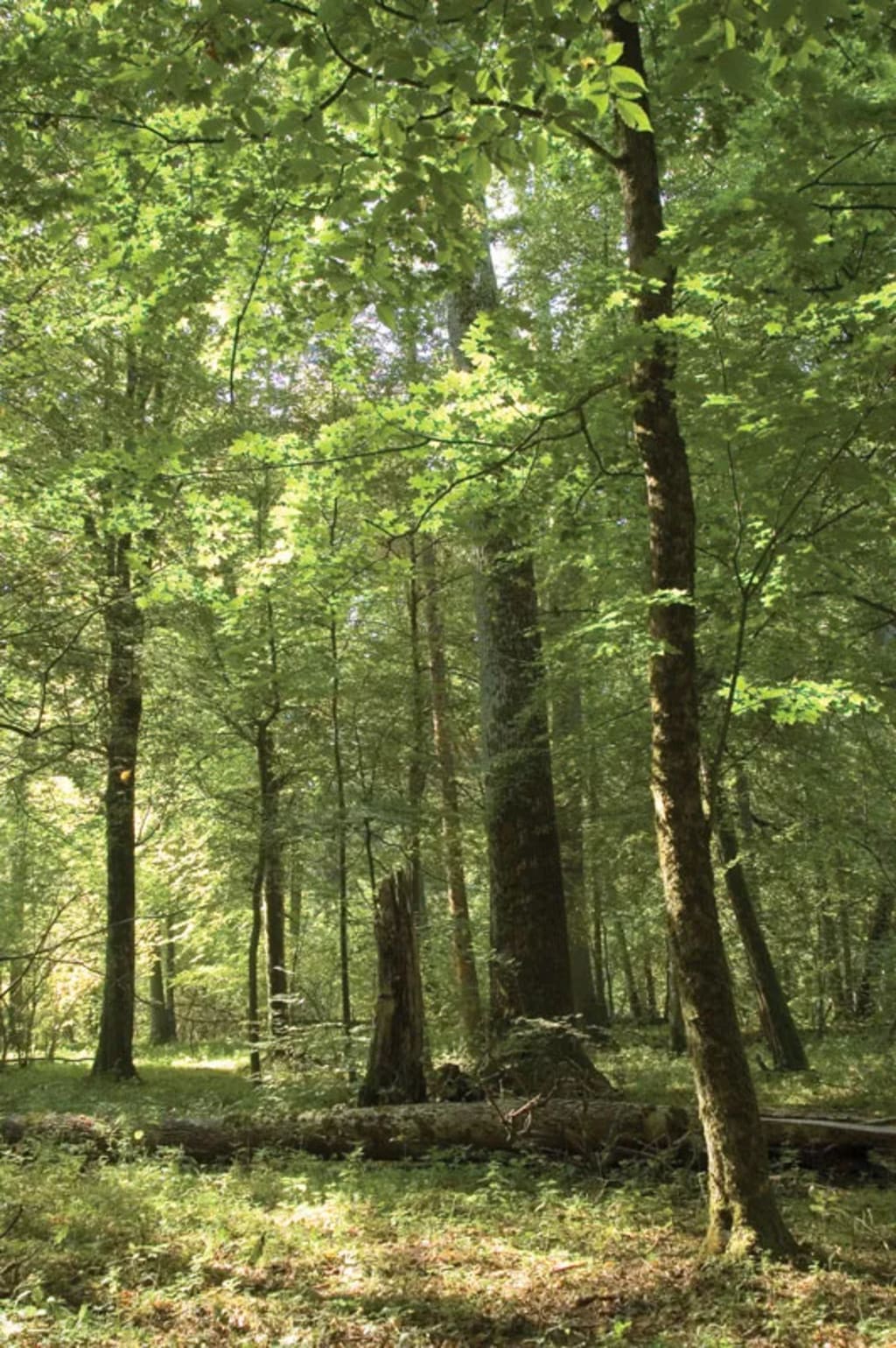You'd Rather Meet a Grizzly in the Wild Than These Plants.
Toxic plants

Exploring the realm of unusual fungi and plants offers a captivating journey into the diverse and often bizarre world of nature. Here are some more ideas and insights to delve deeper into this fascinating topic:
1. Ecological Importance: While some may view these peculiar fungi and plants as simply oddities, many play crucial roles in their ecosystems. For instance, fungi like Xeria polymorpha and octopus stink horns contribute to decomposition by breaking down organic matter, thereby recycling nutrients back into the soil. Understanding their ecological functions can provide valuable insights into the balance of natural systems.
2. Evolutionary Adaptations: The unique characteristics of these organisms often reflect remarkable evolutionary adaptations. For example, the distinctive appearance and odor of the octopus stink horn serve as mechanisms to attract specific insect pollinators. Exploring the evolutionary pathways that led to such specialized traits can shed light on the intricate processes of natural selection and adaptation.
3. Medicinal Potential: While some fungi and plants may be inedible or even toxic, others possess medicinal properties that have been utilized for centuries by various cultures. Research into their biochemical composition and pharmacological effects can uncover potential treatments for human ailments. For instance, certain fungi contain compounds with antibiotic or anti-inflammatory properties, offering promising avenues for pharmaceutical development.
4. Cultural Significance: Many of these unusual organisms hold cultural significance in different societies around the world. For example, the bleeding tooth fungus (Hydnellum peckii) has inspired folklore and superstitions due to its eerie appearance and blood-like secretion. Exploring the myths, traditions, and beliefs associated with these organisms provides insights into the intersection of nature and human culture.
5. Conservation Challenges: Despite their intriguing features, some of these species face conservation challenges due to habitat loss, pollution, and other human-induced pressures. Documenting their distribution, population trends, and ecological requirements is essential for effective conservation strategies. Engaging in citizen science initiatives and promoting public awareness can contribute to the protection of these unique organisms and their habitats.
6. Bioinspiration and Biomimicry: Nature has long served as a source of inspiration for human innovation, and the unusual forms and functions of fungi and plants are no exception. Biomimicry involves drawing inspiration from biological systems to solve engineering, design, and technological challenges. Researchers are exploring how the structural properties, adhesive mechanisms, and chemical defenses of these organisms can inform the development of novel materials and technologies.
7. Ethnobotanical Knowledge: Indigenous peoples and local communities possess valuable knowledge about the traditional uses of fungi and plants for food, medicine, shelter, and cultural practices. Documenting and preserving this ethnobotanical knowledge is essential for both conservation efforts and the sustainable management of natural resources. Collaborative research partnerships with indigenous communities can promote mutual learning and respect for traditional ecological knowledge.
8. Educational Outreach: Sharing the wonders of unusual fungi and plants through educational programs, exhibits, and media can inspire curiosity and appreciation for the natural world. Hands-on activities, guided hikes, and botanical garden tours provide opportunities for people of all ages to engage with these fascinating organisms and learn about their ecological roles and evolutionary significance.
By exploring these ideas and delving deeper into the world of unusual fungi and plants, we can gain a greater understanding of the complexity and beauty of nature while also uncovering valuable insights with implications for science, conservation, and human society.






Comments
There are no comments for this story
Be the first to respond and start the conversation.